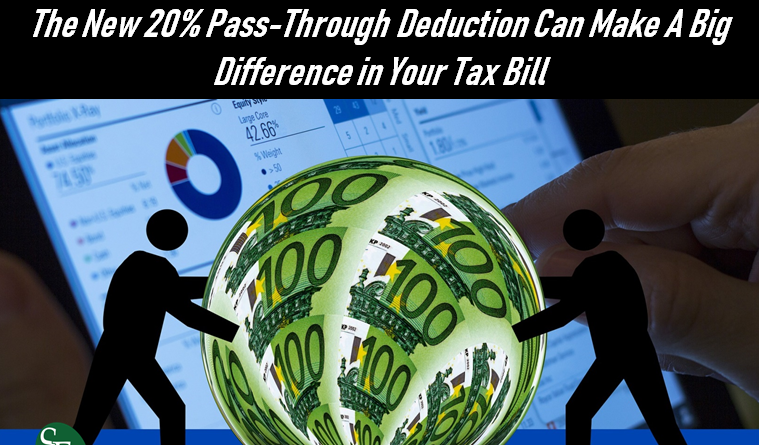

If the entity did not opt in to the PTET for the preceding year, the required annual payment is 90% of the tax reported on the PTET return for the taxable year.


Log in to (or create) the eligible entity’s Business Online Services account.If the entity does not have a Business Online Services account, the authorized person will need to create one.
#Make a pass through company how to
How to make the electionĪn authorized person can opt in to the PTET on behalf of an eligible entity through the entity's Business Online Services account. If an electing entity has more than one tax year within a calendar year, it can make only one election during each calendar year. The partnership can make the election on January 1, 2022, for the 2022 PTET taxable year because the partnership's fiscal year ended during the 2022 calendar year. An electing entity that is a fiscal-year taxpayer must elect, file, and pay the PTET for the calendar year in which its fiscal year ends.Įxample: A partnership’s fiscal year is March 1, 2021, through February 28, 2022. What is the election periodĪn electing entity that is a calendar-year taxpayer for federal purposes must use a calendar-year basis to elect, file, and pay the PTET. The election to opt in to the PTET must be made online on an annual basis and is irrevocable after the due date of its first PTET estimated payment. See Estimated payments.Īn S corporation intending to file as a resident S corporation for 2022 must certify, when it files its annual PTET return or extension, that all its shareholders are residents of New York for purposes of Article 22.įor PTET taxable years 2023 and later, the eligible entity may opt in on or after January 1 but no later than March 15. If an eligible entity makes its election after March 15, 2022, it is required to make an estimated payment with its election. corporations that are not New York S corporationsįor 2022 only, the due date to opt in to PTET has been extended until September 15, 2022.single-member LLCs (unless they elect to be treated as an S corporation for New York purposes).The following types of businesses are not eligible to opt in: Tax professionals may not make this election on behalf of their clients.

Only an authorized person may make this election on behalf of an eligible partnership or eligible S corporation.


 0 kommentar(er)
0 kommentar(er)
